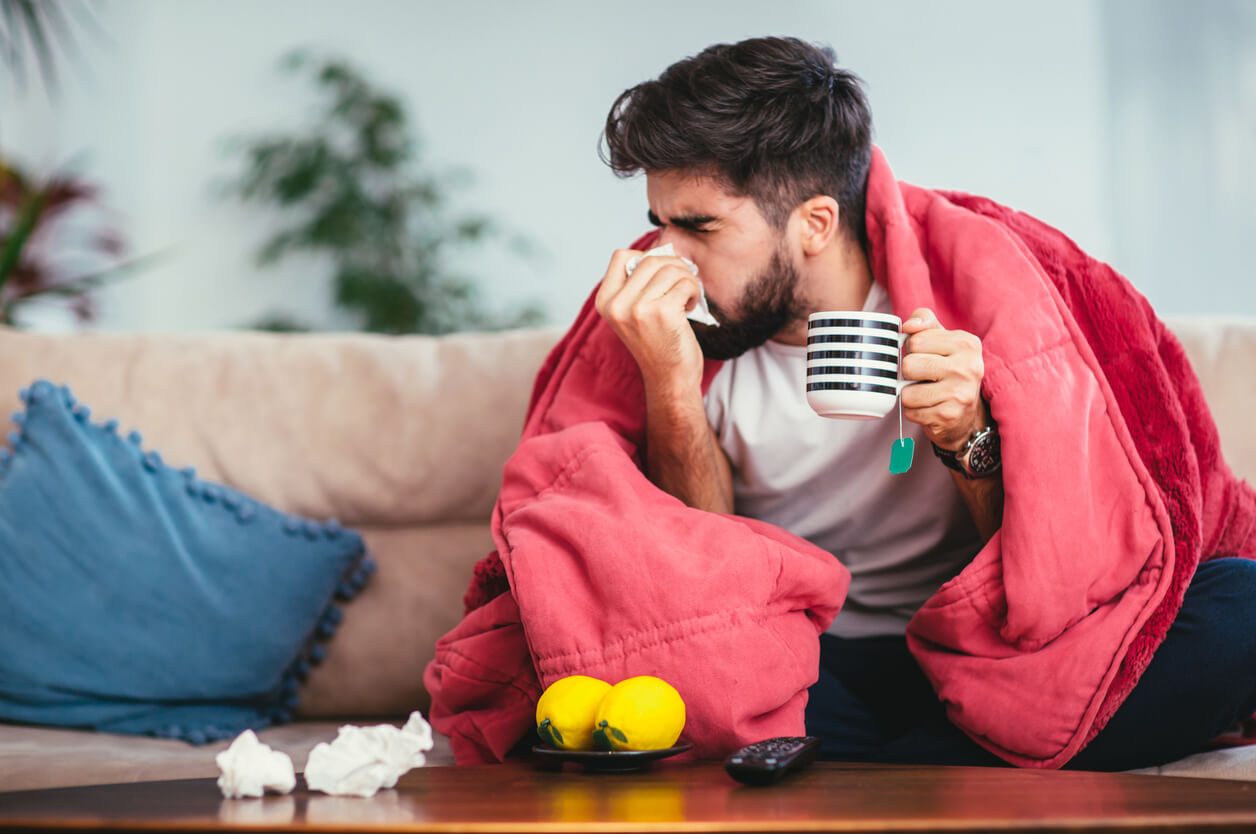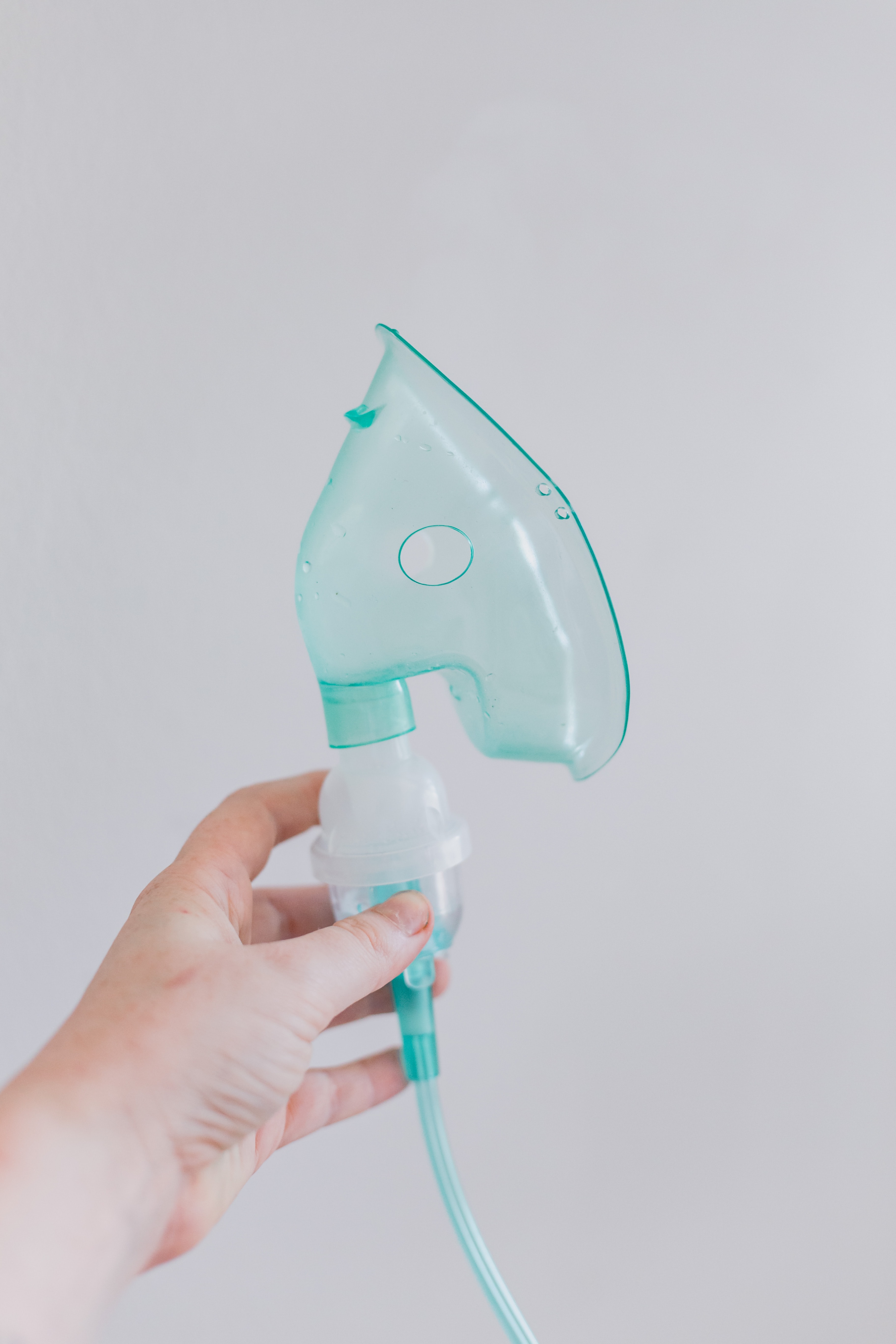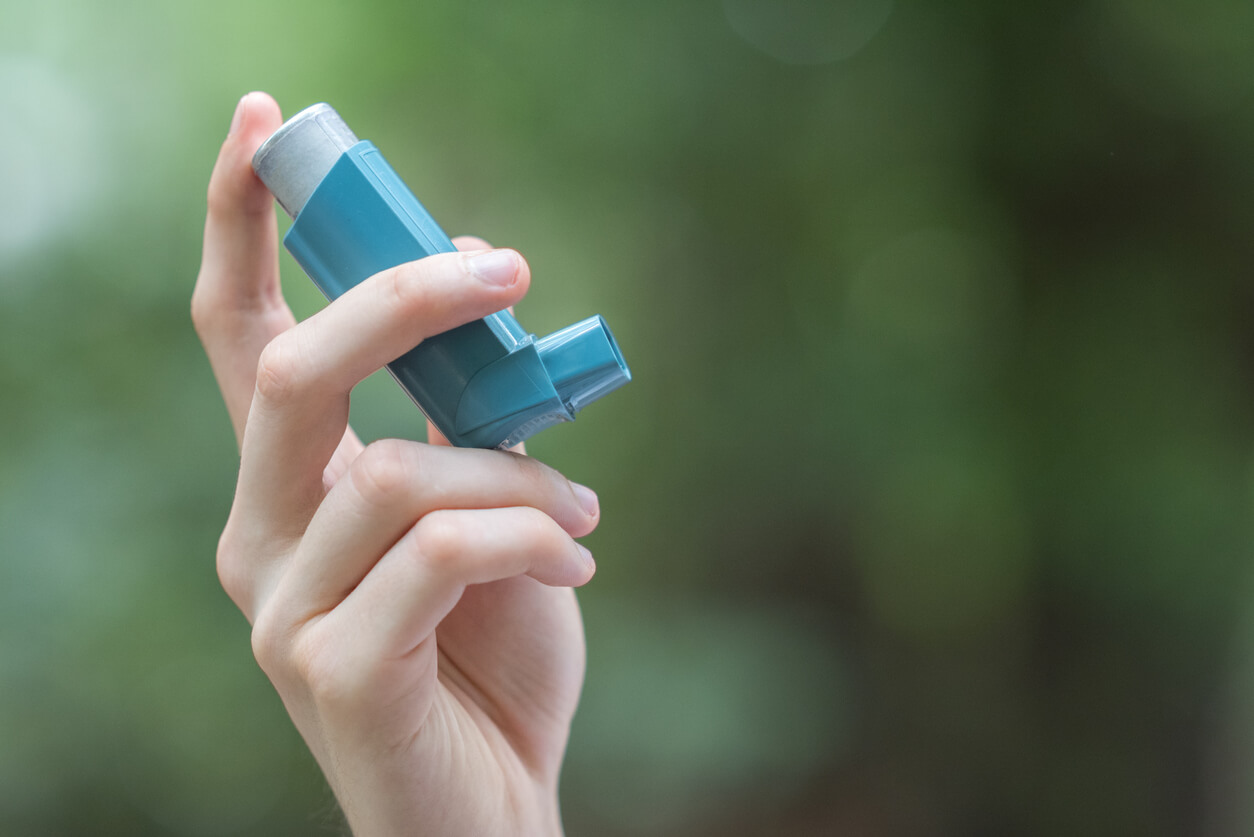8 Ways to Improve Lung Capacity
Key takeaways:
- Lung capacity can be increased with healthy habits and breathing exercises
- Regular exercise, quitting smoking, and improving the air quality of your home can all help improve how your lungs work
- Deep breathing can gradually increase the amount of air your lungs can take in, which can increase your lung capacity
Tips you can use at home to improve your lung health
Lung capacity is the amount of oxygen the lungs can hold. It is a vital marker of your lung function and overall well-being. As you age, your lung capacity starts to decrease. In addition, people with respiratory illnesses and lung conditions like chronic obstructive pulmonary disorder (COPD) and asthma may experience even more difficulty breathing.
This article will detail some steps you can take to improve your lung health. We will walk through some breathing exercises and lifestyle habits you can use at home for respiratory health and wellness.
Why is lung capacity important?
Lung capacity plays a pivotal role in lung health. Lung capacity refers to the total volume of air the lungs can hold. Your lung capacity impacts how efficiently you can take in air. On the other hand, reduced lung capacity can result in decreased oxygen levels, leading to fatigue, shortness of breath, and diminished physical performance.
Healthy lung capacity supports the body's ability to expel harmful substances such as carbon dioxide. Diminished lung capacity can impair the body's ability to eliminate these waste products, potentially leading to health issues.
Finally, a greater lung capacity provides a buffer against respiratory conditions and infections, allowing for deeper breaths and more efficient clearing of mucus and contaminants from the airways. Individuals with reduced lung capacity may be at a higher risk of developing lung diseases, such as chronic obstructive pulmonary disease (COPD) or asthma.
How do I increase my lung capacity?
There are several steps you can take to increase your lung capacity, even as you age. These strategies include breathing exercises and lifestyle changes.
Lifestyle changes
1) Get Active
During aerobic exercise like running, swimming, or brisk walking, our bodies require more oxygen to fuel our muscles. This increased demand leads to several helpful changes in our respiratory system.
Regular aerobic exercise strengthens the diaphragm and intercostal muscles, the primary breathing muscles. This enhanced strength allows for deeper and fuller breaths.
Secondly, aerobic workouts help the body use oxygen better, allowing the lungs to get more oxygen from each breath and remove carbon dioxide more efficiently.
Regular exercise increases inspiratory reserve volume, allowing deeper breaths and enhancing lung capacity. It also boosts lung health by improving oxygen exchange and respiratory muscle function, reducing the risk of respiratory conditions, and enhancing overall well-being.
2) Quit Smoking
Smoking is a leading cause of respiratory problems, and its harmful impact on the lungs is well-documented. When a person quits smoking, several remarkable changes occur over time.
Most importantly, the irritating chemicals in tobacco smoke no longer damage the delicate lung tissues, allowing them to heal and recover. This reduces inflammation and congestion in the airways, making breathing easier.
Quitting smoking also slows the decline in lung function that smokers typically experience. Over the years, lung capacity improves as the airways become less constricted and less clogged with mucus. Former smokers often experience improved lung function and capacity.
The most notable long-term effect of quitting smoking is the reduced risk of developing chronic lung diseases like chronic obstructive pulmonary disease (COPD) and lung cancer. Lung health continues to improve with each smoke-free day, and the longer a person refrains from smoking, the healthier their lungs become.
3) Get More Vitamin D
A recent study found a link between vitamin D levels and respiratory illnesses.
Vitamin D regulates the immune system, helping to maintain a balanced inflammatory response in the lungs. Inflammation can narrow the airways and decrease lung capacity. Vitamin D's anti-inflammatory properties can help ease this effect.
Furthermore, vitamin D is believed to reduce the risk of respiratory infections. A deficiency in this vitamin has been associated with an increased risk of respiratory illnesses like colds, flu, and pneumonia. Vitamin D may help prevent infections that can temporarily reduce lung capacity by bolstering the immune system.
While vitamin D may not directly increase lung capacity, maintaining adequate vitamin D levels can help maintain lung function. You can help ensure that you get enough vitamin D intake through sunlight exposure, diet, or supplements, all of which can contribute to better lung health.
4) Improve Your Air Quality
Our living and work spaces are often filled with pollutants so common that we barely notice or think about them. But, indoor air pollution was responsible for some 3.2 million deaths in 2020. The EPA estimates organic pollutant levels are 2–5 times higher inside than outside.
Artificial fragrances, dust, and mold can negatively affect lung health and capacity. Ridding your home of these pollutants should be one of the first steps you take toward healthier lungs.
Some tips to maintain fresh air in your home include:
- Ensure adequate ventilation throughout your living spaces by opening windows and using exhaust fans, which helps reduce indoor air pollutants.
- Regularly clean and replace HVAC filters to trap dust and allergens effectively.
- Remove or reduce sources of indoor pollutants, such as smoking or using chemical-based cleaning products.
- Utilize air purifiers with HEPA filters to capture airborne particles and allergens.
- Keep indoor humidity levels between 30-50% to prevent mold growth.
- Incorporate indoor plants that can naturally purify the air.
These steps collectively promote cleaner indoor air, reducing the risk of respiratory issues and supporting lung health.
Breathing exercises
6) Diaphragmatic breathing
Diaphragmatic breathing, also known as deep breathing or belly breathing, offers a range of positive effects on lung capacity and overall respiratory health. These exercises help you take deeper, fuller breaths. Over time, practicing diaphragmatic breathing can help individuals utilize a greater portion of their lung capacity, increase the amount of air they can take in, and help expel carbon dioxide efficiently.
Furthermore, diaphragmatic breathing techniques can strengthen the breathing muscles between the ribs. This diaphragm muscle conditioning improves the function of the lungs and builds up lung capacity.
Here’s how to practice diaphragmatic breathing:
- Place one hand on your abdomen. Place one hand on your upper chest.
- Focus your breathing on your abdomen.
- As you breathe in, the hand on your abdomen should rise.
- As you breathe out, the hand on your abdomen should lower.
- Breathe in through the nose. Breathe out slowly through pursed lips.
- Practice this two to three times a day for five to ten minutes. Start by doing it while lying on your back. Then try it while sitting. Then try it while standing. Finally, try it while doing an activity.
7) Pursed-lip breathing
Pursed-lip breathing is a type of deep breathing exercise that can improve your lung function.
Here’s how you do it:
- Sit up with good posture (poor posture compresses the lungs, keeping them from expanding)
- Take a gentle, deep breath of air in through your nose
- Exhale through pursed lips (like you’re kissing someone), slowly
- It should take at least twice as long to expel the air as it did to inhale it
Do this several times in a row, several times a day.
8) Rib-stretch breathing
Rib-stretch breathing is another form of deep breathing exercise that brings attention to how much air you can take in.
Here’s how to practice this technique:
- Lie on your back with your knees pointed up
- Cross your arms over your chest so that your hands are cupping your ribcage
- Breathe in gently and deeply through your nose
- As you do this, monitor the expansion of your ribcage; your ribs should feel like they are opening and spreading like wings
- Slowly release the air through pursed lips as you monitor your ribs slowly descending back into place
Do this several times in a row, a few times a day.
How Sesame can help
If you have questions about how to improve your respiratory health or are dealing with a lung condition such as bronchitis or COPD, book an online doctor appointment on Sesame to talk to a healthcare provider. Providers on Sesame can address your concerns, offer medical advice, and prescribe treatment when appropriate.
Related posts

In this blog article, we’ll break down several easy at-home and OTC remedies to eliminate excess mucus and phlegm from your airways, nose, and throat.

Phlegm is a type of mucus produced by tissues in the respiratory system (the lungs, bronchi, throat, and windpipe). It’s a sticky, gooey substance that actually protects your airways from viruses, bacteria, allergens, and other pollutants we often inhale.

Over-the-counter asthma inhalers may provide relief for asthma symptoms. Learn more about these medications, how they work, and your best treatment options.

Coughing is a reflex that happens so naturally. It’s how your body expels germs, dust, phlegm and more. An occasional cough is generally nothing to worry about. However, a persistent cough can be frustrating and disruptive.

Bronchodilators are a class of medications used to relieve and reduce asthma symptoms, allergic rhinitis, and chronic obstructive pulmonary disease (COPD).

Not sure if your shortness of breath is being caused by anxiety or by a separate medical condition? Learn how to tell (and when to seek medical attention), along with relaxation techniques for calm breathing.

Mouth taping is a popular social media “hack” to prevent mouth breathing during sleep. But taping your mouth shut has some risks that you should know about.

Respiratory Syncytial Virus (RSV) is a viral infection of the lungs and upper respiratory tract (the breathing passages of the nose and throat).

In order to safeguard ourselves and our loved ones, it is crucial to take proactive measures to protect against wildfire smoke. We address some frequently-asked questions about air quality, wildfire smoke health risks.
